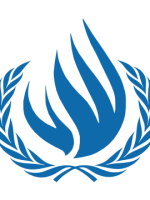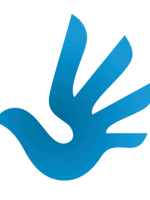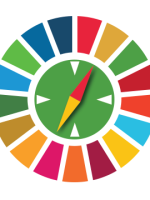Monitoring for more effective advocacy
The Indigenous Navigator tools, data and resources can be used for for systematically monitoring the level of recognition of the rights of indigenous peoples. The Indigenous Navigator offers rich opportunities for calculating and illustrating the situation for indigenous peoples.
The data generated from surveys or other Indigenous Navigator tools can be used as documentation and information that can empower indigenous peoples to advocate for their rights. In that sense, the Indigenous Navigator can be seen as a starting point for strengthening indigenous peoples' rights.
For advocacy purposes, it is important to know that the the Indigenous Navigator monitors the implementation of the following international agendas and legal frameworks:
- The UN Declaration on the Rights of Indigenous Peoples (UNDRIP)
- Core human rights conventions as they pertain to indigenous peoples
- The outcomes of the World Conference on Indigenous Peoples (WCIP)
- Essential aspects of the Sustainable Development Goals (SDGs).
The commitments of the World Conference on Indigenous Peoples

The first World Conference on Indigenous Peoples (WCIP) was held in September 2014. The WCIP was an opportunity to share perspectives and best practices on the realisation of the rights of indigenous peoples, including pursuing the objectives of the UN Declaration on the Rights of Indigenous Peoples (UNDRIP).
The Outcome Document of the WCIP, adopted by the UN General Assembly, defines a series of commitments to be undertaken by States in order to respect, promote and advance the rights of indigenous peoples and to uphold the principles of the Declaration.
These commitments are generally related to advance the rights enshrined in UNDRIP, and the majority of WCIP commitments can therefore be monitored directly by the indicators selected for monitoring UNDRIP in the Indigenous Navigator framework. Where necessary, a few additional indicators have been added to the framework, to assess compliance with specific WCIP commitments such as, for example, the development and implementation of national action plans, strategies or other measures, to achieve the ends of the UNDRIP.
The Indigenous Navigator framework can be used to establish a baseline and regularly monitor progress with regards to States’ implementation of their commitments enshrined in the WCIP outcome document.
Thereby, indigenous peoples can maximise the use of limited resources by pursuing multiple monitoring purposes in one single framework. The WCIP indicator table presents State commitments for national-level implementation as reflected in the WCIP Outcome Document, and the indicators proposed to monitor their implementation.
Core human rights and labour conventions
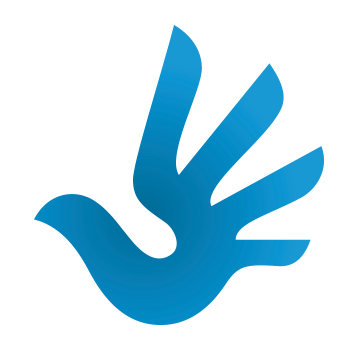
The UN Declaration on the Rights of Indigenous Peoples (UNDRIP) does not create new rights or privileges for indigenous peoples, but is a reflection of universal human rights as they pertain to indigenous peoples. This is a basic argument, which is emphasized by indigenous peoples and legal specialists, including the previous Special Rapporteur, James Anaya (See for example UN Doc. A/68/317, paragraph 70).
Hence, UNDRIP mirrors universally applicable human rights and contextualises these to the situation of indigenous peoples. It means that UNDRIP is complementary to – and underpinned by - the full range of human rights instruments. This “mirror effect” between UNDRIP and other human rights instruments means that by monitoring the implementation of UNDRIP, the Indigenous Navigator also monitors key elements of other human rights instruments.
The implications of this “mirror effect” between UNDRIP and other human rights instruments of general application are multiple:
The argument that UNDRIP is only aspirational - with no legal implications for states - is wrong. States’ duties to respect, protect and fulfill indigenous peoples’ rights, do not only arise on the basis of UNDRIP, but is an integral element of States’ duties under other generally applicable human rights instruments.
Treaty monitoring bodies, ILO supervisory bodies, UN Special Rapporteurs, regional human rights bodies and other mandate holders already (and increasingly) examine the situation of indigenous peoples under other generally applicable human rights instruments, interpreted with due regards to the collective aspects of their rights. Hence, these mechanisms contribute to providing quantitative and qualitative information on the progressive applications of UNDRIP in many countries.
Indigenous peoples can make use of existing monitoring mechanisms to hold states accountable for their human rights obligations vis-à-vis indigenous peoples.
Moreover, highlighting that the provisions of UNDRIP are reflections of provisions of general human rights instruments is politically important, particularly in countries that do not yet recognise indigenous peoples’ rights as such.
In order to show how UNDRIP links to the specific provisions of other human rights instruments, the Indigenous Navigator has developed a comparative matrix, which links the articles of UNDRIP to the following instruments:
- The Universal Declaration of Human Rights (UDHR)
- The International Covenant on Economic, Social and Cultural Rights (ICESCR)
- The International Covenant on Civil and Political Rights, (ICCPR)
- The International Convention on the Elimination of All Forms of Racial Discrimination (ICERD)
- The Convention on the Rights of the Child (CRC)
- The International Convention on the Elimination of All Forms of Discrimination Against Women (CEDAW)
- The Convention against Torture and Other Cruel, Inhuman or Degrading Treatment or Punishment (CAT)
- The International Convention for the Protection of All Persons from Enforced Disappearance (ICCPED)
- ILO Convention No. 169
- Fundamental labour conventions concerning discrimination, child labour and forced labour.
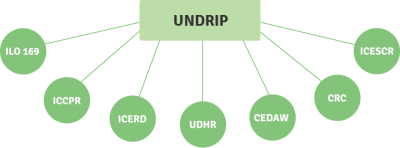
Sustainable Development Goals and indigenous peoples' rights
The 2030 Agenda for Sustainable Development provides a comprehensive and universal framework, comprising 17 Sustainable Development Goals (SDGs) and 169 targets to be achieved by all countries by 2030.
The 2030 Agenda can potentially be used to address indigenous peoples’ needs and priorities. The Agenda is explicitly grounded in the Universal Declaration of Human Rights and other international human rights treaties. It reflects elements of civil, political, economic, social and cultural rights, which are critical to implementing indigenous peoples’ rights and development. Likewise, the commitment to “leaving no one behind” is a reflection of the fundamental human rights principle of non-discrimination, and of key importance for making the Agenda relevant for indigenous peoples.
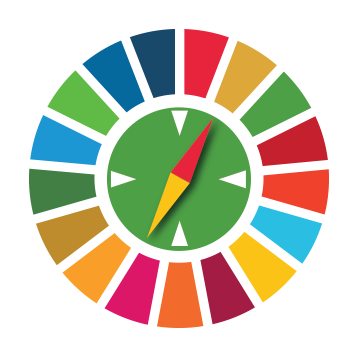
The Agenda stipulates that follow-up and review (FUR) processes should be open, inclusive, participatory and transparent and support reporting by all relevant stakeholders. States are encouraged to conduct regular and inclusive reviews of progress at the national and sub-national levels, which should explicitly draw on contributions from indigenous peoples, among others (See: UN General Assembly, Transforming our world: the 2030 Agenda for Sustainable Development par. 72-91.)
The two main challenges for adequately monitoring whether indigenous peoples benefit from the SDGs are that:
- Indigenous peoples are not specifically mentioned or addressed in any of the global indicators adopted by the UN Statistical Commission to monitor the SDGs
- Most countries do not disaggregate data with regards to indigenous identity although progress is seen in some regions and countries. Hence, indigenous peoples remain invisible in many official statistics.
Community-based monitoring is one way of generating the data needed to close the information gaps and achieve the evidence base needed for robust implementation of the SDGs. Therefore, the Indigenous Navigator tools are designed to guide and monitor the implementation of the SDGs for indigenous peoples.
The Indigenous Peoples Sustainable Development Matrix illustrates the links between the SDGs and the UNDRIP. It is a tool to:
- Use UNDRIP to guide and design the specific strategies and programmes that are necessary to reach the SDGs for indigenous peoples.
- Show how the data collected to monitor UNDRIP through the Indigenous Navigator can also be used to monitor implementation of the SDGs
- The Indigenous Peoples Indicators Framework provides a comprehensive set of indicators to monitor all aspects of the UNDRIP.
The Indicators Framework includes a number of the global indicators adopted to measure the implementation of the SDGs. When collecting data against these indicators in their communities, indigenous peoples can:
- Measure the level of implementation of the SDGs in their community
- Measure discrepancies in the level of implementation of the SDGs in their communities as compared to other sections of the national population, and thereby document gaps and patterns of discrimination.
- Where Nation Statistics provide disaggregated data on indigenous peoples, the Navigator Tools can help systematize the analysis of these data and use them to inform and guide SDG policies, strategies and programmes at national, regional and global levels. Such data can also be included in reports to national, regional and international human rights bodies, for example to report discrimination and seek remedy.

